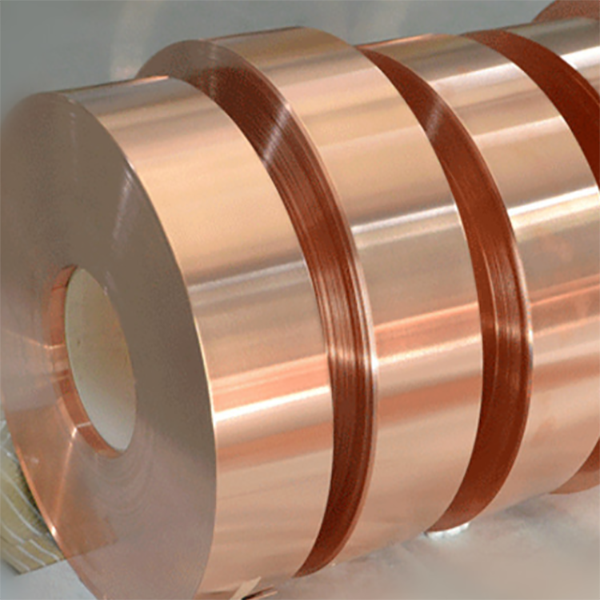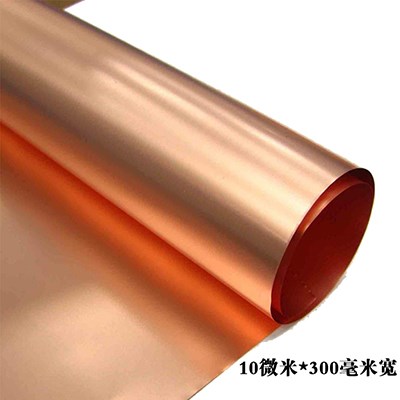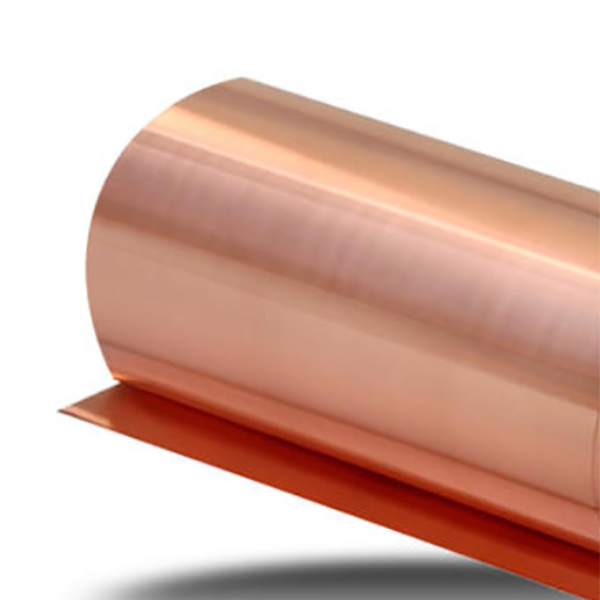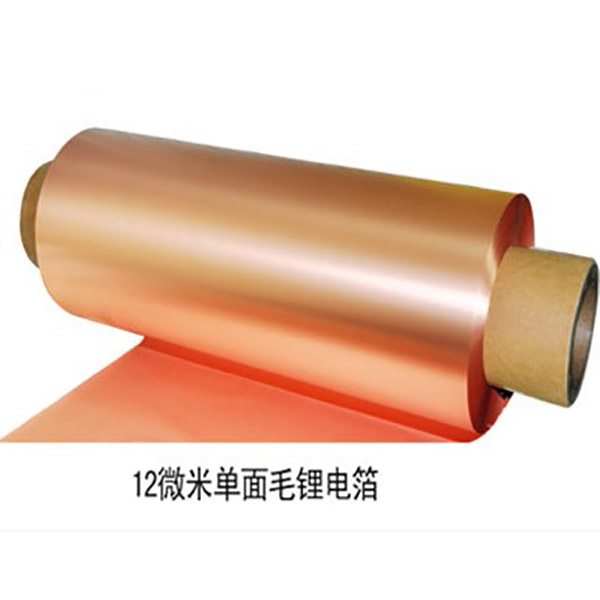Processing of copper foil for Shanwei preferred lithium battery
The production of extremely thin copper foil has high barriers, and the products produced still need to meet many requirements of downstream lithium ion battery manufacturers. For investors, they should not only focus on the single index of thickness, not all manufacturers produce 6 μ M Copper foil is consistent, and the thinner the better.
Processing of copper foil for Shanwei preferred lithium battery
The commonly used reinforcement materials of copper clad laminate are alkali free (alkali metal oxide content shall not exceed 0.5%) glass fiber products (such as glass cloth, glass felt) or paper (such as wood pulp paper, bleached wood pulp paper, cotton wool paper). Therefore, laminates can be divided into glass cloth base and paper base.
Processing of copper foil for Shanwei preferred lithium battery
Galvanizing barrier layer: After the rough surface is galvanized, a barrier layer is formed to improve the oxidation resistance of the copper foil in natural air. After galvanizing, the appearance will look gray. After a period of storage, the gray will turn into copper yellow. The more zinc is plated, the more yellow the copper foil will be.
Processing of copper foil for Shanwei preferred lithium battery
The copper clad laminate is composed of copper foil, reinforcement material and adhesive. Plates are usually classified according to the reinforcement material category and adhesive category or plate characteristics.
Processing of copper foil for Shanwei preferred lithium battery
Most copper foils used for domestic printed boards are 35um thick, and 50um copper foils are used as transition products. In high-precision hole metallized double-sided or multilayer board manufacturing, thinner than 35um copper foils, such as 18um, 9um and 5um copper foils, are expected. Some multilayer boards use thicker copper foil, such as 70um.









